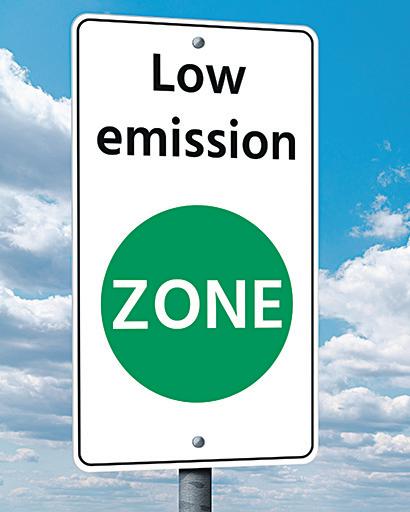
1 minute read
Driving boost
THE UK is planning a boost for bus, coach and HGV driver recruitment with proposed reforms to training rules.
The proposed changes to training and a cheaper, shorter periodic test could help drivers to remain in or return to the sector.
Some of the proposed changes aim to help make it more affordable and more efficient for drivers to renew their qualifications or return to the industry.
The key changes include offering in parallel to the existing lengthy training format, which will be reformed, more flexibility with e learning and a shorter ‘new periodic test’ which could save employees time and companies up to £460 per test in early estimates.

Reforms to training as well as the new cheaper and shorter periodic test will offer an accelerated route for former drivers to return to the sector more easily.
Roads Minister Richard Holden said: “Lorry, bus and coach drivers are some of our economy’s unsung heroes, keeping our goods flowing and ensuring people can hop on the bus to access shops, schools, hospitals and all the essential services they need. That’s why we must look at how we can support the continued growth of this industry.”
INCREASING numbers of petrolpowered car owners are looking to convert their vehicles in order to obtain the ECO label authorising them to drive in lowemission zones.

According to a news source, conversions of combustion vehicles to liquefied petroleum gas (LPG) increased by 36.5 per cent in 2022 and reached a volume of 3,512 units, according to data from the Association of Vehicle Converters (Astrave). Toyota and Dacia reportedly led the ranking of the most transformed car brands in 2022, a demand that Astrave ‘blames’ mainly on the need for large taxi fleets to implement “more sustainable and efficient” mobility technologies.








